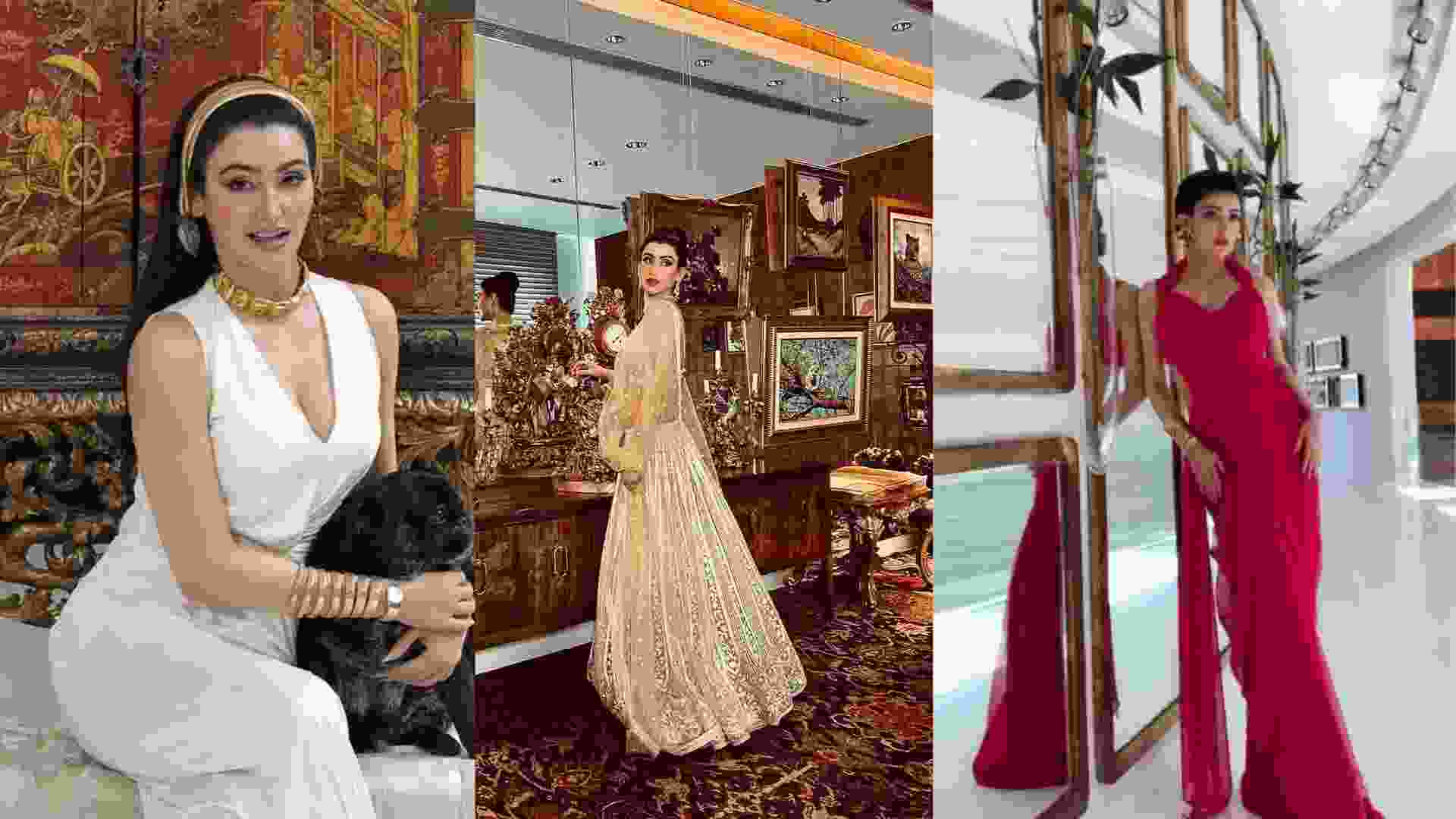Although the term ‘influencer’ was officially added to the Oxford Dictionary in 2019, influencers have long existed in various forms in society, such as movie stars, social leaders, or even fictional figures like Batman or Spiderman of the world. While the modes of communication have varied, these influencers share a common ability to shape and inspire those who admire them.
As social media swept the world, it fuelled a significant surge in the popularity of influencers, who amassed massive followings on platforms such as YouTube, Facebook, Instagram, and TikTok. By resonating with their audience as relatable figures, these influencers became individuals who resembled ordinary people, creating a sense of familiarity that struck a chord with their followers. Brands quickly recognized the value of these voices and began leveraging them to promote their products and services. Influencer marketing spend has now become a substantial part of overall marketing budgets. In fact, the influencer marketing market was valued at ~ 10 Bn USD in 2021, which grew from a meagre 1.6 Bn USD in 2016. This is only expected to grow in the coming years at CAGR north of 25% as predicted by various studies.
With the growing popularity of influencers, a new trend has emerged within this realm: the rise of virtual influencers. These digital avatars, created using CGI (Computer-Generated Imagery) or animation, have gained substantial followings on social media in recent years. Renowned virtual influencers such as Lil Miquela (3.3 million followers), Shudu (2.2 million followers), and Bermuda (1.2 million followers) are just a few examples.
To delve deeper into why brands, choose to explore virtual influencers over human influencers who may be more relatable, we must recognize that virtual influencers offer a range of benefits. Brands now recognize the potential of virtual influencers as a long-term investment with recurring returns. Unlike human influencers who require periodic contract renewals and negotiations, virtual influencers offer a more stable and controllable presence. For instance, Myntra’s in-house influencer ‘Maya’ serves as an excellent example of how brands can leverage virtual influencers for long-term brand representation. As Maya guides the audience with trendy fashion choices, she becomes the face of the brand. While the initial investment in Maya’s development and subsequent upgrades may incur significant capital expenditure, once created, Maya can consistently engage with the audience without the need for contract renewals or potential conflicts that may arise with human influencers.
Virtual influencers also provide brands with creative control. Brands have complete control over the appeal, appearance, and personality of virtual influencers. They can carefully craft the digital avatars to align with their brand identity and values, ensuring consistent brand messaging. Returning to the example of Maya, Myntra can curate Maya’s style and content to reflect the brand’s fashion-forward image, seamlessly integrating their products into Maya’s recommendations.
Furthermore, virtual influencers offer versatility and reliability simultaneously, making them all the more appealing. Virtual influencers are available 24/7 and can consistently generate content, ensuring a continuous brand presence in the digital space. Noonoouri, a popular virtual influencer who signed with IMG Models, exemplifies this advantage. Brands can leverage Noonoouri’s virtual presence for various fashion campaigns without the limitations of physical presence or logistical constraints.
Another differentiating factor is that these CGIs provide a platform for experimenting with new and unconventional ideas that may not be practical or feasible with human influencers. Lil Miquela, a prominent virtual influencer, partnered with Prada for a capsule collection in 2018. This collaboration merged the virtual and physical worlds, blurring the lines between reality and fiction. The campaign generated significant buzz, attracting attention from both fashion and technology enthusiasts, effectively positioning Prada as an innovative and forward-thinking brand.
While human influencers offer relatability and authenticity, virtual influencers bring forth unique advantages such as stability, creative control, versatility, and reliability. Brands now have the opportunity to leverage the strengths of both types of influencers based on their specific objectives and target audience. This coexistence between human and virtual influencers is expected to be the norm going forward, with ongoing innovations and experiments shaping the influencer space. As technology continues to advance, we can anticipate enhanced immersive experiences involving both human and virtual influencers, leading to an exciting and transformative future for influencer marketing.
The author is a consultant at Avalon Consulting.















